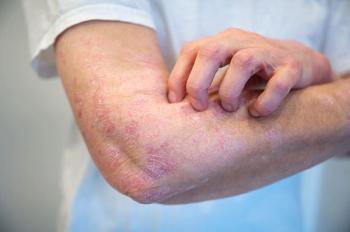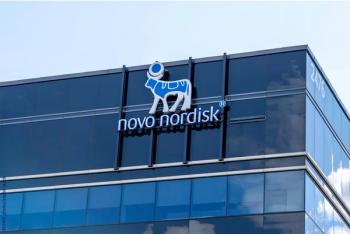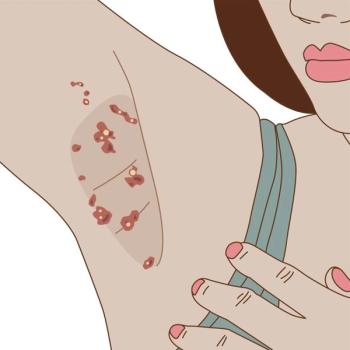
Elderly Man With Sudden Back and Abdominal Pain
An 84-year-old man with back and abdominal pain ofrecent onset arrives at the emergency department(ED) of a small community hospital at 5 AM. Sudden,severe back pain awakened him from sleep 2 hours earlier.The patient has had back pain for 12 hours and intermittentcolicky pain in the suprapubic region for the past2 hours.
A
n 84-year-old man with back and abdominal pain ofrecent onset arrives at the emergency department(ED) of a small community hospital at 5 AM. Sudden,severe back pain awakened him from sleep 2 hours earlier.The patient has had back pain for 12 hours and intermittentcolicky pain in the suprapubic region for the past2 hours.The pain has been accompanied by nausea, diaphoresis,and 2 episodes of vomiting; no chest pain is present.The patient had a normal bowel movement the day before,but he is currently unable to urinate; he has no other urinarytract symptoms.
History.
During the past several years, the patienthad 2 kidney stones, which caused similar pain and vomiting.His surgical history includes bilateral inguinal herniorrhaphiesperformed several years earlier. He has chronic obstructive pulmonary disease and uses oxygen deliveredby nasal cannula at night. Before he quit smoking15 years earlier, he had a 50 pack-year history. He doesnot use alcohol or illicit substances.
Examination.
Temperature is 37
o
C (98.6
o
F); pulserate, 120 beats per minute; blood pressure (BP),100/70 mm Hg. There is suprapubic tenderness withsome abdominal distention. The patient becomes palewhen he sits up.
Laboratory studies.
Hemoglobin level is 14 g/dL;hematocrit, 41.6%. Results of a basic metabolic panel arenormal, including levels of blood urea nitrogen (14 mg/dL)and creatinine (1.4 mg/dL). Urinalysis is not performed.A CT scan of the abdomen and pelvis with contrast isperformed to search for a possible ureteral stone.
Does the scan confirm the suspected diagnosis--or is something else going on here?
IMPLICATIONS FOR PRACTICE
Epidemiology.
From 2% to 4% of patients older than50 years have AAAs, which rarely occur in younger persons.The average age at time of diagnosis is 65 to 70;men are affected much more often than women. Amongmen aged 65 or older, the incidence of AAA ranges from5% to 10%.
1
Risk factors.
Family history is a very strong risk factor;those with an affected first-degree relative have a 10-to 20-fold (20% to 25%) higher risk of AAA. Among patientswith femoral or popliteal artery aneurysms, the incidenceof AAA ranges from 35% to 40%.
1
Clinical features.
AAA can be challenging to diagnosebecause of its tendency to masquerade as back painor renal colic in addition to the classic presentation of abdominalpain. Occasionally, ruptured AAA presents as syncopeand bradycardia. This presentation occurs when therupturing aneurysm distends the vagal nerve roots surroundingthe vessel, which produces bradycardia insteadof the expected tachycardia usually associated with hypovolemicshock.In this patient, the physician initially suspected renalcolic. This delayed the recognition of the AAA somewhat.However, the factor that had the greatest impact on thefinal outcome was the lengthy period of hypotension duringtransport, which caused irreversible shock.
Imaging studies.
Abdominal CT scanning is themost common imaging procedure for the identification ofAAA. Aortography is often used to guide the operativeprocedure. To perform either of these imaging studiessafely, the patient must be hemodynamically stable. Amajor risk to the patient during radiographic evaluation isrupture, which can result in death.Unstable patients can be most easily and safely evaluatedwith bedside ultrasonography. Sonographic identificationof hemoperitoneum or ruptured AAA mandates immediatesurgical repair in the hemodynamically unstablepatient.
References:
REFERENCE:
1.
Bessen HA. Abdominal aortic aneurysms. In: Rosen P, Barkin R, Danzl DF, etal, eds.
Emergency Medicine-Concepts and Clinical Practice.
4th ed. St Louis:Mosby; 1998:chap 108.
Newsletter
Enhance your clinical practice with the Patient Care newsletter, offering the latest evidence-based guidelines, diagnostic insights, and treatment strategies for primary care physicians.















































































































































































































































































